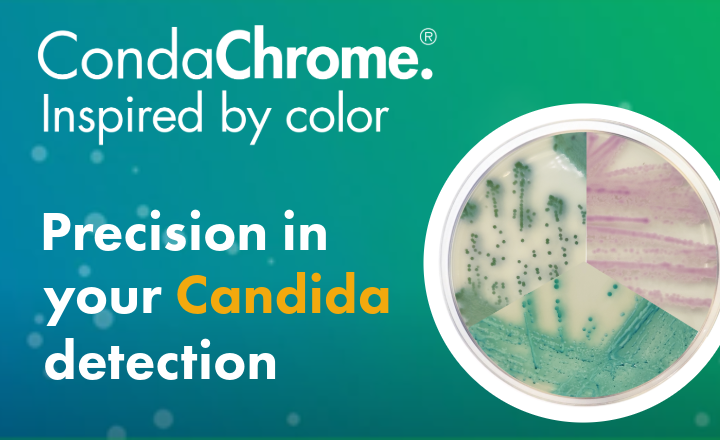Candida spp. are opportunistic fungi that normally reside as part of the commensal microbiota on various mucosal surfaces of the human body, including the gastrointestinal tract, genitourinary tract, and oral cavity. However, under conditions that compromise host homeostasis—such as immunosuppression, microbiota alterations, or epithelial barrier disruption—these species can express their virulence and become invasive pathogens.
Candida can cause both superficial infections and invasive candidiasis, which often carry a high mortality risk, particularly in immunocompromised patients or complex hospital settings. The selective pressure from widespread antifungal use has led to strains with acquired resistance to standard treatments, complicating therapeutic management and increasing morbidity and mortality.
Infections caused by resistant Candida strains pose a significant challenge in clinical practice due to the high mortality rate associated with these invasive mycoses, with candidemia caused by Candida albicans having a documented mortality rate of 30%-40%.
The eradication of this pathogen in hospital settings is particularly complex, as it can persist on inert surfaces and resist conventional disinfectants, contributing to recurrent nosocomial outbreaks. These outbreaks increase the risk of cross-transmission and persistent colonization among hospitalized patients, extending hospital stays and escalating healthcare costs and resource demands. Additionally, diagnosing resistant Candida infections is fraught with difficulties, as Candida albicans is often misidentified as other species by traditional culture methods, delaying appropriate treatment. Such delays not only elevate the risk of mortality but also facilitate the spread of the fungus, particularly among vulnerable patients within hospital environments.
Condachrome Candida Chromogenic Agar by Condalab enables visual identification by color of Candida albicans (green), Candida tropicalis (blue), Candida glabrata (purple), and Candida krusei (pink) in just 24 hours, supporting more accurate diagnoses and improved patient treatment.
Chromogenic Culture Media Benefits
- Fast results: In 24/48h, after inoculating your plate, you will be able to see your results.
- Easy interpretation: Identify your microorganisms by their characteristic color.
- Saves time and space: Detects different colonies in the same culture medium.
- Increased selectivity and sensitivity: A line of culture media with increased selectivity and capable of detecting bacteria at very low concentrations.
- Minimal investment: No additional equipment purchases or personnel training.

























